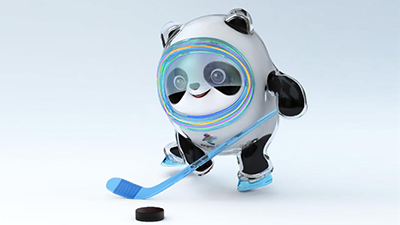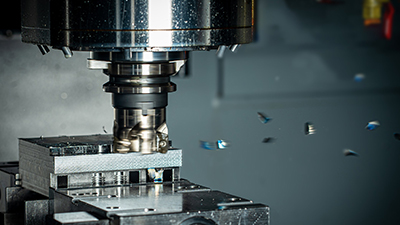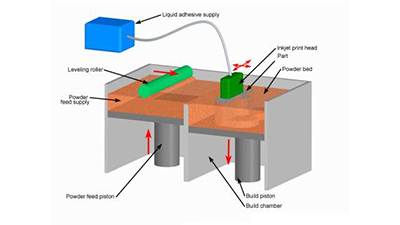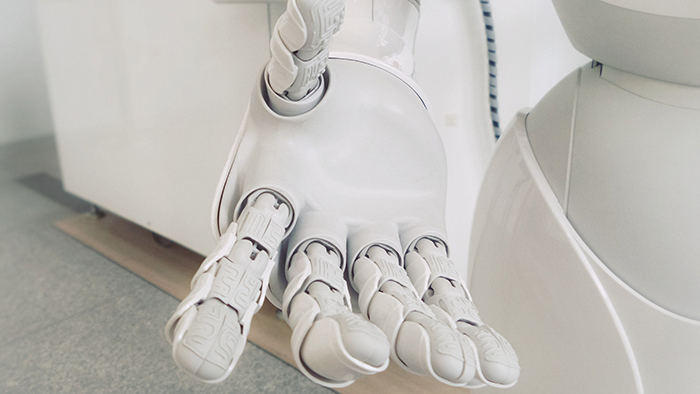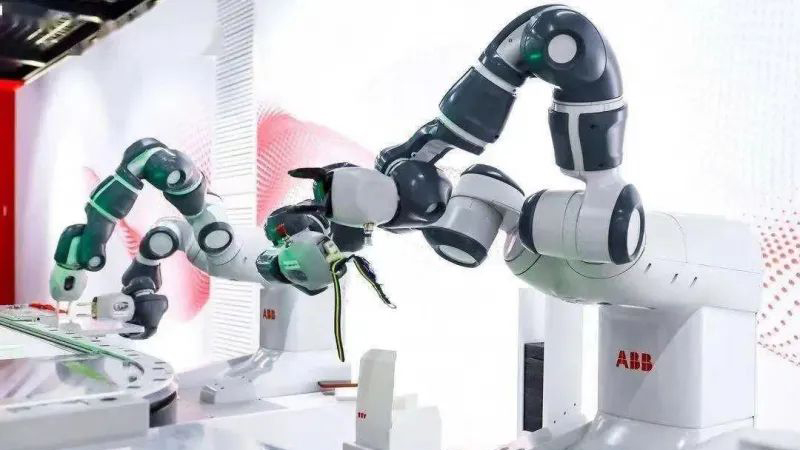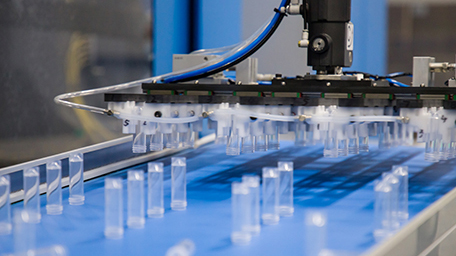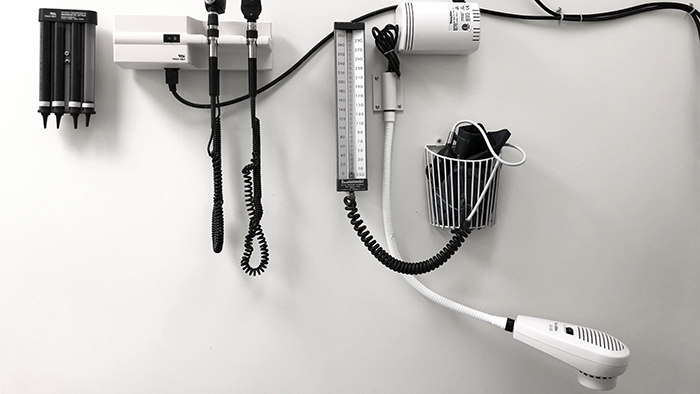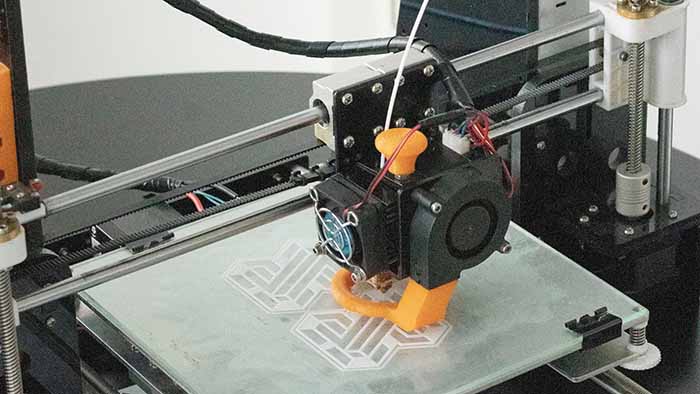In the light weight boom, the automotive industry is trying to find new processes to improve the appearance of
automotive trim. The simple injection molding process can no longer meet the new demand for color, touch and intelligence in automotive trim products.|
rapid cnc machining
As a new "smart" material, polyurethane (PU) with its soft and hard, wear-resistant, scratch-resistant, self-healing characteristics, as well as the advantages of free color matching, bright color, friendly to "smart inserts", etc., is increasingly used by manufacturers in
Injection molded products with decorative skins, high-quality finishes or functional coatings.

In addition, manufacturers are using other new surface materials in combination with polyurethane to reduce VOC emissions and make the entire vehicle ecologically balanced.
Continental's new environmentally friendly surface material for soft and durable
Automotive interiors
According to media reports, Continental (Continental) has developed a new high-quality automotive interior surface material, Benova Eco Protect, that is more environmentally friendly, durable and comfortable. Currently, this material is being manufactured in Germany, and Continental's U.S. plant in Winchester, Virginia, will further increase production.
Benefiting from the right base material and optimizing the interaction of the overall structure, Continental says the material can withstand temperatures of up to 120°C for long periods of time. It is available in thicknesses from 0.9 to 4.3 mm with a fabric backing, polyurethane foam body, core foam or spacer fabric.
Benova Eco Protect is an important milestone on the road to developing sustainable automotive interior products. Because no critical components, plasticizers or solvents are used at all times, this material produces particularly low emissions and odors, and the product has a low carbon footprint." The material meets the requirements of all original equipment manufacturer-specific substance prohibition and declaration lists, the Global Automotive Declaration List (GADSL) and the EU's REACH chemical regulation.
The material offers a weight advantage of approximately 20% over conventional surface finishes and contains no materials of animal origin. In addition, the production process consumes less material and energy, making a positive contribution to the ecological balance of the entire vehicle. For example, there are no volatile solvents in the drying process and no post-treatment of exhaust gases is required.


